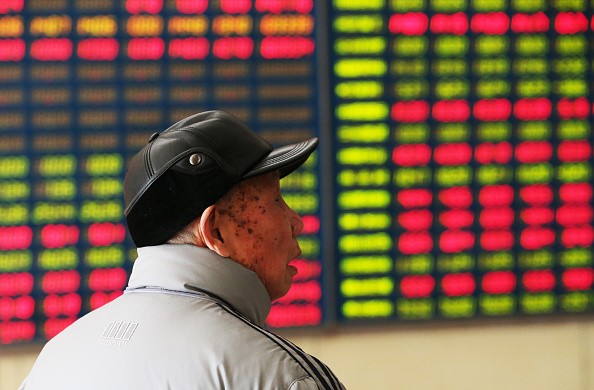Following the lifting of controversial measures laid down by the China Securities Regulatory Commission, investors expressed their optimism that the stock market will see an improvement.
The Securities Regulatory Commission implemented the circuit breakers last Jan. 3 as a means of preventing potential meltdowns caused by big shifts in trading. However, the measures were unable to perform as intended, as the stock market crashed to its lowest level since September, China Daily reported.
Trading began to crumble on Jan. 7 just minutes after it had begun when the CSI Index fell by 5 percent. The dip triggered the first breaker, pausing the session for 15 minutes, and supposedly giving time for traders to regain their composure.
However, upon resumption of trading, the index again fell, this time by 7 percent, triggering the final breaker and drawing the trading to a close for the day.
This has been the second time the breakers were triggered just days after their implementation. The Shanghai Composite Index also fell by 5.2 percent on Monday.
The crash triggered a frantic sell-off of Chinese stocks worldwide. Chinese stock market authorities responded by announcing hours after the close of trading on Thursday that they will be suspending the implementation of the breakers.
Traders and economic analysts have heavily criticized the measures, arguing that the breakers did not give ample room before halting trading. They cited the American Standard & Poor's 500 (S&P 500), which implements breakers only after a drop of 20 percent., CNBC reported.
"They're just learning their way around the market and they set the circuit breakers too tight," Safanad's chief investment analyst John Rutledge remarked.
Authorities asserted that the breakers themselves were not the prime cause of the market meltdown, but they were unable to perform as intended, pulling the market down further. They nevertheless pledged to better manage initial public offerings to prevent new share sales from further draining market liquidity.



























